Flags originated on battlefields as a means of identification and hierarchy. Over the years, they have evolved to incorporate symbols significant to the countries they represent.
We have put together a list of 10 national flags and their respective meanings.
United Kingdom
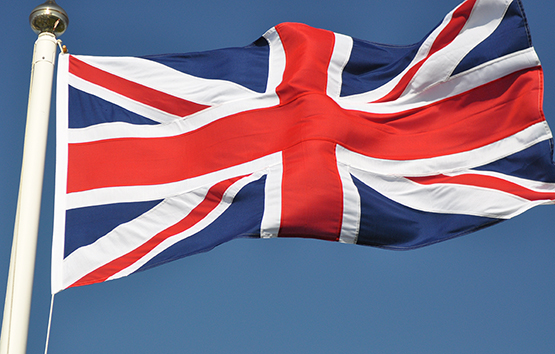
Though officially called the Union Flag, the flag of the U.K. is popularly known as the Union Jack – the name given to the same flag when flown while at sea. One of the oldest flags of the world, the Union Jack is a combination of three separate flags with symbols of the patron saints of the three countries – England and Wales, Scotland and Northern Ireland – that are united under one sovereign.
England and Wales are represented by the bold red St. George’s cross on the white background; Scotland is represented by the white-colored St. Andrew’s cross on the blue background; and Northern Ireland is represented by St. Patrick’s cross, the red diagonal cross on the white background.
The British flag was adopted on Jan. 1, 1801.
United States of America
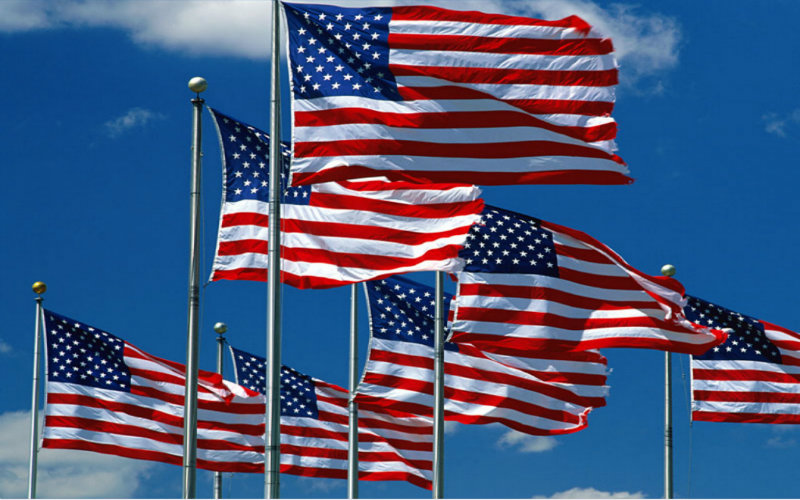
Often called “The Stars and Stripes” or “Old Glory,” the American flag features 13 stripes representing the original 13 colonies: Connecticut, Delaware, Georgia, Maryland, Massachusetts, New Hampshire, New Jersey, New York, North Carolina, Pennsylvania, Rhode Island, South Carolina, and Virginia. The 50 stars denote the 50 individual states of the nation.
While the red color signifies hardiness and valor, the blue represents vigilance and justice, and the white signifies purity and innocence. The flag was adopted on June 14, 1777.
Canada
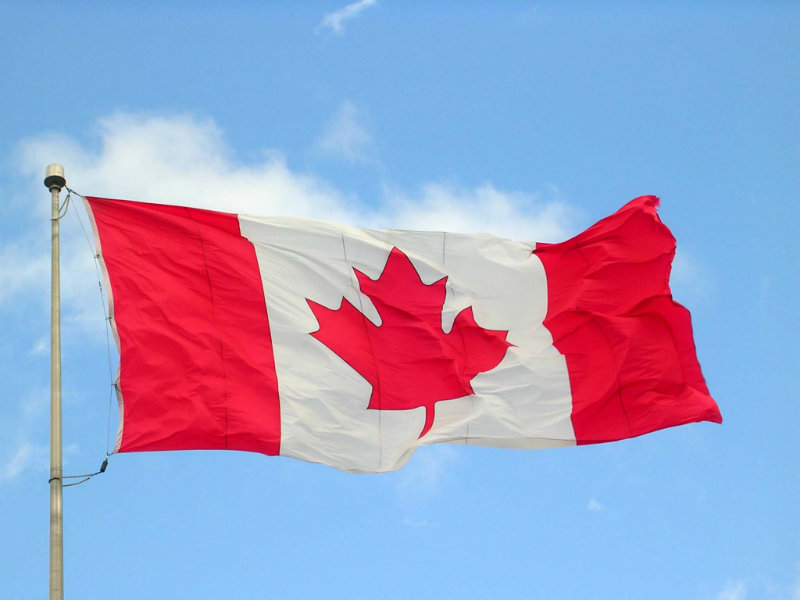
Known as the “Maple Leaf Flag,” the Canadian flag has two colors – red, derived from St. George’s cross, and white, derived from the French royal emblem. An 11-point maple leaf is placed at the center of the white stripe. It was included after a prolonged campaign led by Prime Minister Lester B. Pearson, who noticed that during World War I, many Canadian battalions included a maple leaf in their insignia.
The flag in its current form was adopted Feb. 15, 1965.
Denmark
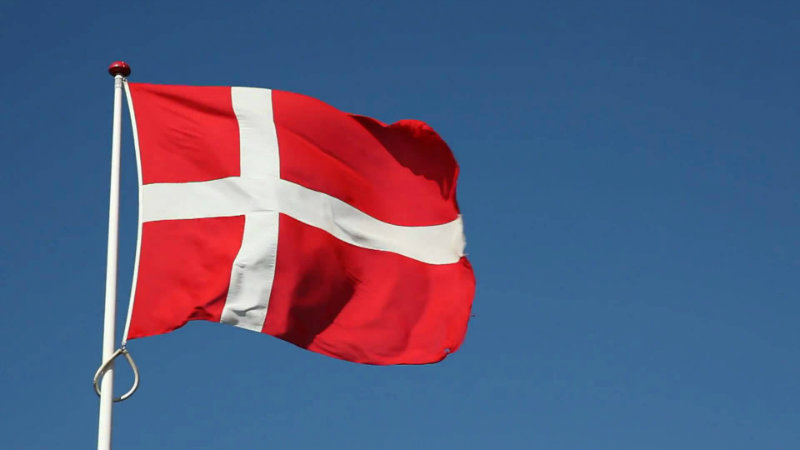
Believed to be the oldest continuously used national flag in the world, the Danish flag features an uneven white cross on a red background. The cross represents Christianity. According to legend, the flag fell from the skies on June 15, 1219, when King Waldemar II defeated the Estonians. However, according to historians, the flag’s design was derived from old crusader banners.
The flag was officially adopted as the state flag in 1625.
Germany
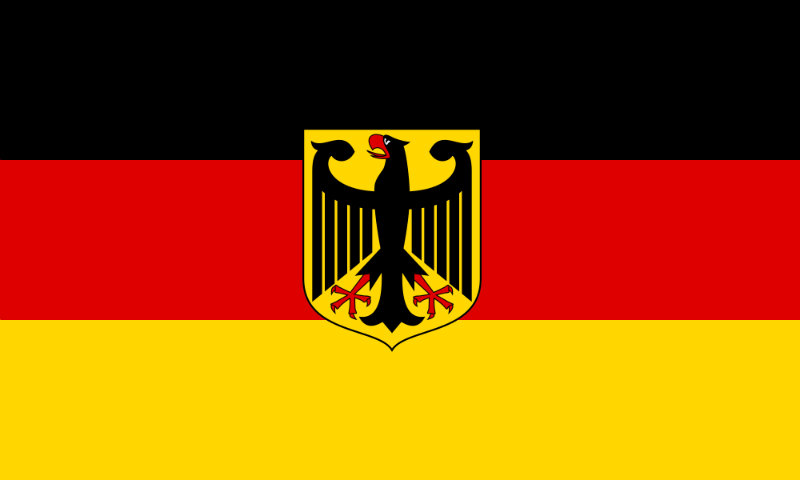
The colors on the German flag are reminiscent of the medieval banner of the Roman Empire. The banner had a two-headed black eagle with red claws and beak on a golden field. The three colors can also be traced back to the colors of the soldiers’ uniforms who fought for the country during the Napoleonic wars.
The current flag was adopted on May 23, 1949.
Australia

The Australian flag features a Union Flag in the upper left corner, which signifies its colonization by the British. Just under the Union Flag is a seven-pointed star – the star of federation – representing each of the country’s six states and one point for its territories. The right half of the flag features the Southern Cross constellation, which is visible from every Australian state and territory.
The flag was adopted on Sept. 3, 1901.
France
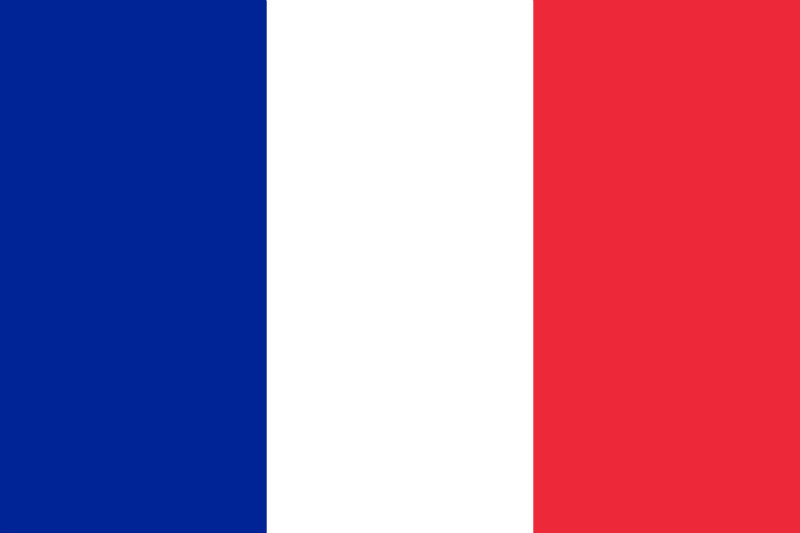
Commonly referred to as the “French Tricolore,” the flag of France is inspired from a red, white and blue cockade (a badge of eccentric circles), which was worn by King Louis XVI during a revolutionary gathering in Paris. White is a traditional color of the French royalty, while red and blue are an ode to the lively colors of Paris, the national capital. Over the years, the colors red, white, and blue have come to represent liberty, equality, and fraternity – the ideals of the French Revolution.
The flag was officially adopted on Feb. 15, 1794.
China
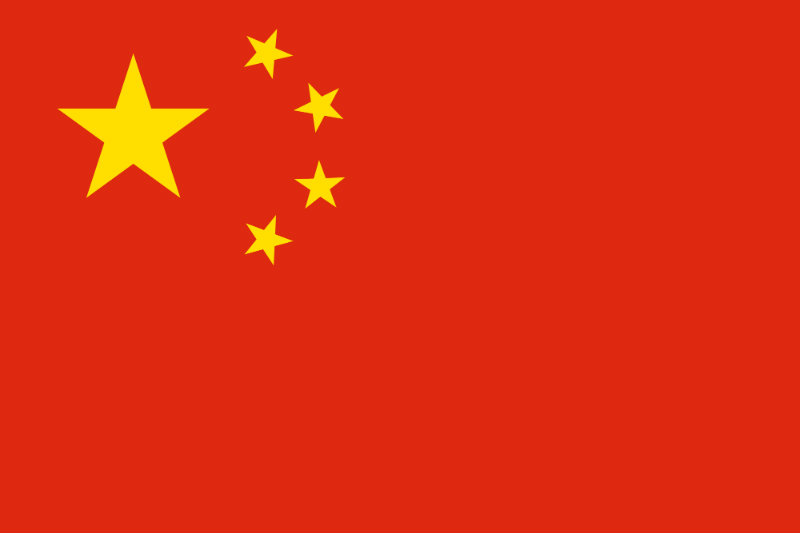
The four small stars symbolize the social classes of the Chinese society – the working class, the peasantry, the urban petty bourgeoisie, and the national bourgeoisie. The large gold star and the red color are symbolic of the communist revolution.
The flag was officially adopted on Oct. 1, 1949.
South Africa
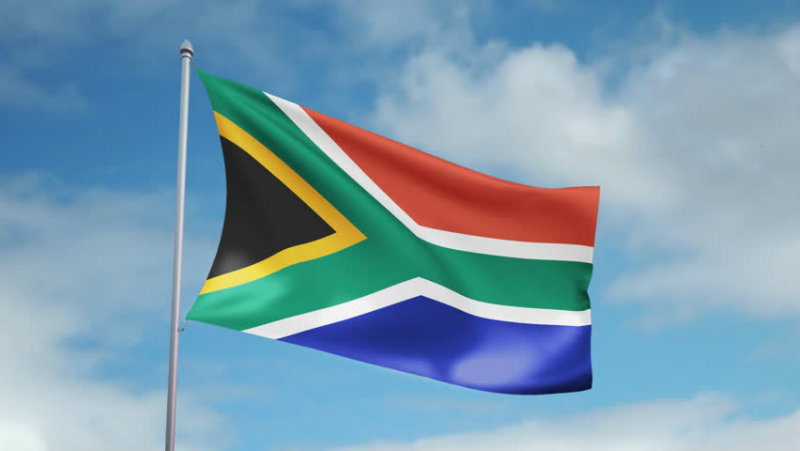
Designed by former State Herald F. Brownell, the colors on the South African flag do not have any official symbolism. However, they do have historical significance. While the black, green and yellow colors are an ode to Nelson Mandela’s political party, the African National Congress, the red, white and blue are reminiscent of the flags of the European colonists and the former Boer republics. The “Y” represents the nation’s diverse elements and their convergence toward a unified path.
The flag was adopted on April 27, 1994.
Bahrain

The white serrated band with five points represents the five pillars of Islam. The red color is a traditional choice of all the Persian Gulf states’ flags. Until 2002, the flag had eight white points, which was later reduced to five to avoid confusion with the Qatari flag.
The original flag was officially adopted in 1932.














